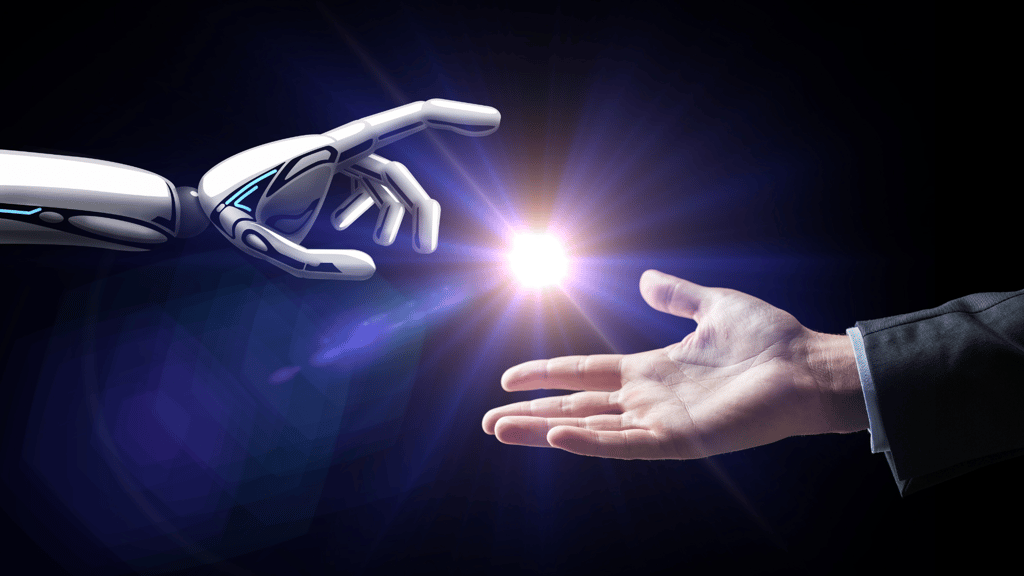Understanding AI for Mining Professionals: A Beginner's Guide
Understand the world of Artificial Intelligence and its potential in the mining industry.
.png?width=924&height=520&name=Untitled%20design%20(7).png)
Understanding AI for Mining Professionals: A Beginner's Guide
In the landscape of manufacturing and mining, Industry 4.0 stands tall as an innovative and revolutionary force, reshaping the very essence of how we operate. At the heart of it, lies a trend that is gaining our attention: AI & Machine learning.
At its core, machine learning is a key component of AI—Artificial Intelligence. Imagine it as the process of enabling computers to learn from their experiences. In simpler terms, computers absorb data, uncover patterns, and utilize these insights to make informed decisions. It's a dynamic partnership where technology meets human acumen, enhancing the efficiency of our operations.
The Three Types of Machine Learning
Let's delve into the three main types of machine learning, each a distinct facet of this tech-driven transformation: Supervised Learning, Unsupervised Learning, and Reinforcement Learning.
- Supervised Learning: Learning with a Mentor
Imagine a master-apprentice relationship. The computer is presented with predefined data, paving the way for it to learn, by using labeled examples to understand patterns and make predictions when given new data. Here's how it works:
- Classification: Computers learn to categorize different types of products coming off a production line, just like sorting different items into specific bins. For instance, if a machine produces various components, the computer can learn to classify them into categories like "defective" and "good." It uses techniques like Logistic Regression, Naive Bayes Classifier, K-Nearest Neighbor, and Support Vector Machine to make these classifications based on various features and characteristics of the products.
- Regression: Computers learn to predict numbers, much like forecasting how long a machine can operate before needing maintenance. It's similar to estimating how many hours a machine can run based on its performance data. We use techniques like Linear Regression, Random Forest and Neural Network.
- Unsupervised Learning: Exploring the Unknown
In unsupervised learning, the computer is not presented with predefined labels, and thus is left to explore and learn from the relationships and consequences it discovers. Through this method, the AI can learn to identify patterns in production data that humans might miss. This can help discover new ways to improve efficiency or find hidden risks in the mining process. Some ways it works are:
- Clustering: Computers find groups within similar data. Like grouping similar types of minerals extracted from mines. It's like organizing different rocks based on their unique properties, such as hardness or color.
- Association Analysis: Computers look for rules that explain a lot about the data. In mining, association analysis helps identify patterns in what materials are often found together. This information can guide mining operations, as it might indicate valuable resources hidden together in the earth.
- Dimensionality Reduction: Computers simplify data while keeping its core meaning. It simplifies complex geological data without losing key insights. This helps miners focus on crucial information, like ore quality and potential hazards, without getting overwhelmed by data.
- Reinforcement Learning: Learning from Mistakes
Reinforcement learning is trial and error, much like improving your skills in a game by playing it multiple times. Just as in a game, the computer tries different strategies and learns from the outcomes. In this approach, AI can autonomously determine the best way to control and program machinery or processes to optimize efficiency and safety. Here's a quick look:
- Model-Based: Model-based learning empowers computers to make informed decisions by understanding the fundamental rules of the mining environment. Like comprehending the rules of a complex game to navigate it more skillfully. This approach involves creating detailed virtual models of mining processes, enabling simulations and predictions. Computers use these models to simulate mining scenarios and refine strategies before implementing them in the real world. This strategic understanding aids in optimizing processes and resource allocation.
- Model-Free: Model-free learning empowers computers to navigate mining complexities by directly experiencing the environment, similar to honing skills in a complex game through practice. It adapts strategies without predefined models, efficiently optimizing mineral extraction, and ore processing. It's like having a responsive partner navigating the intricate challenges of mining operations.
AI: Transforming Mining Beyond Technology
So, why embrace machine learning in manufacturing and mining? Embracing AI in mining isn't just about technology; it's about gaining foresight that elevates operations beyond imagination. AI foresees challenges before they materialize, offering preemptive solutions. By refining processes, it enhances efficiency, creating a mosaic of trends that guide future actions.
.png?width=924&height=520&name=Untitled%20design%20(8).png)
Conclusion: Mining with AI
In conclusion, machine learning is truly indispensable for mining plant managers in the Industry 4.0 era. It enhances safety, maximizes efficiency, provides innovative solutions, and reveals untapped opportunities, ensuring that failing to leverage its potential could mean lagging behind in both innovation.
Elevating Mining with SentianAI
At the forefront of innovation, SentianAI is carving a new way in bringing AI to the mining industry. We use advanced AI algorithms, prominently featuring the prowess of Model-Free Reinforcement Learning alongside an array of cutting-edge techniques. With focus on progress, we are reshaping the landscape of vital mining processes – from grinding to crushing and flotation. Witness the tangible impact of our approach: an astounding 10% surge in throughput, coupled with the potential for a remarkable 4% boost in recovery rates.
Want to learn more on AI's role in the mining sector, explore our comprehensive guide AI in mining.
.png?width=1024&height=1024&name=Untitled%20design%20(9).png)
